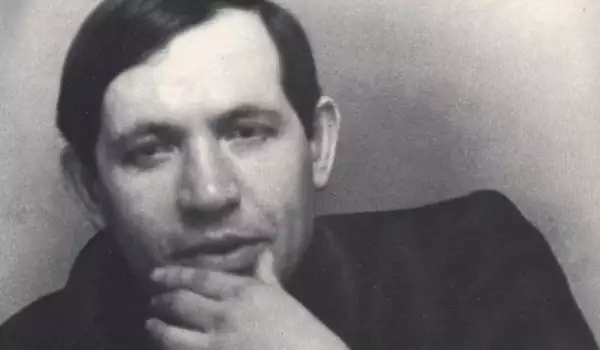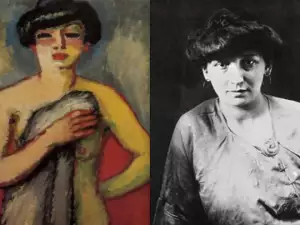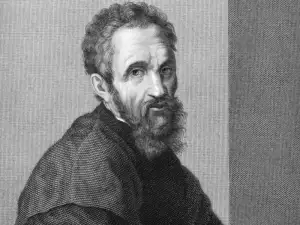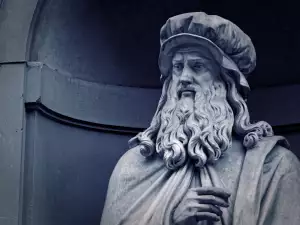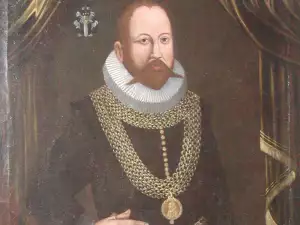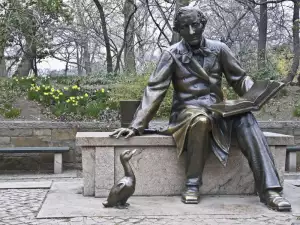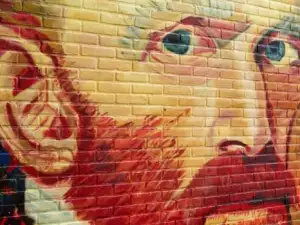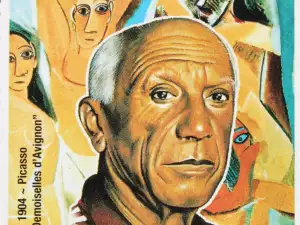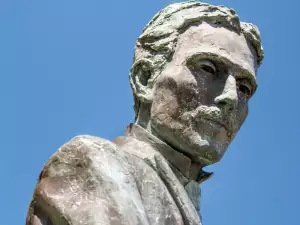Nowadays, works by the great Russian painter Chaim Soutine sell for tens of millions of dollars but when he painted Carcass of Beef, the Little Pastry Cook and The Bride, he was so poor he could hardly afford food and clothing.
He is known as the painter who worked naked because he didn't want to get paint on the few clothes he owned. He regularly went to bed hungry and his death was attributed to complications due to an ulcer.
His works have been compared to those of Van Gogh, Munch and Picasso, but in his day he didn't consider himself part of any of the art movements. Still, art history experts believe he was avant-garde.
A contemporary described him as follows: "He was obsessed with painting. He would paint all of his works naked. He would paint his food before he ate it. He wouldn't touch it until he painted it, even if he was extremely hungry. He looked uncomely, while his surroundings were always a mess."
He would paint naked not because he was a nudist but because he sold most of his clothes to buy paints and brushes. He didn't want to get paint on the few pants and shirts that he did possess, so he took them off before painting. The painter was actually quite timid and shy though.
Soutine was among the group of Russian painters who fled Russia after the October Revolution and moved to Paris. He held high hopes that his luck would change in the French capital, that he would become famous for his works.
But the reality of it turned out to be far from this. In Paris he lived in extreme misery, while his creative process was marked by much deprivation.
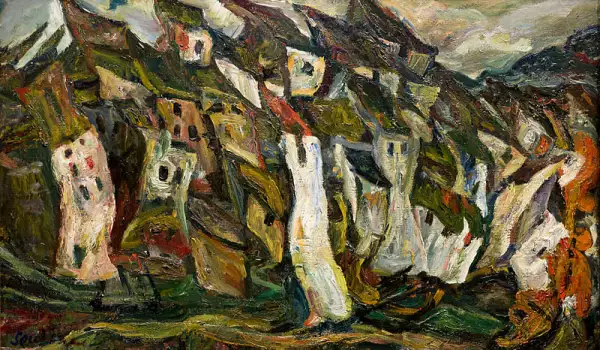
Initially he painted prostitutes from Parisian brothels, then he began painting the corpses of animals as well, since his home was right across from a slaughterhouse. The vast majority of these paintings were either given away as gifts or sold for next to nothing.
In Paris he met another artistic genius - Italian painter Amedeo Modigliani. Since Modigliani was much more social than him he introduced Soutine to the Bohemians of the time and even taught him simple manners.
Eventually, Soutine became one of the prominent figures of what would later become the famous Parisian art movement. Although it didn't have a positive effect on his finances, it allowed him to meet famous painters including Picasso and Jean Cocteau.
Soutine's shining moment came in 1923, when American art patron and collector Albert Barnes arrived in Paris and bought 60 of his paintings for 2000 francs. Later, he exhibited these paintings in art galleries, making Soutine famous in America.
But fame and fortune changed neither the artist's character, nor his daily life. He continued to live in his old apartment and to paint in the same style.
Of his paintings, art critics have said that they're painful to look at, depicting sorrow and hopelessness.
Ultimately, the systematic hunger Soutine experienced took its toll and he was operated for an ulcer in 1943. However, the damage to his stomach was so severe that not even the timely operation was able to save him.
He died shortly before the Nazis occupied Paris. Attending his funeral were all of the artists living in the capital at the time.
